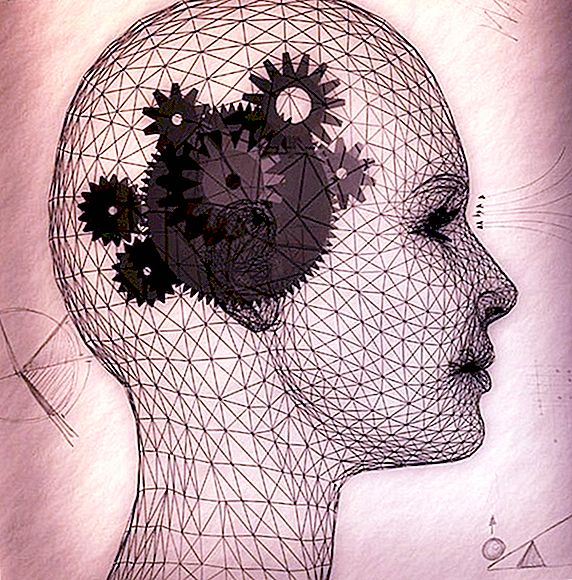Psychoanalysis considers erroneous actions as the result of certain motives, intentions. A person having hidden desires makes a reservation or describes them under their influence, regarding these actions as something random. But psychoanalysis rejects such accidents and proves that motives are essential evidence necessary for making a diagnosis.

We considered erroneous action for granted a manifestation of a certain intention, desire. On the example of reservations and descriptions, a person shows hidden motives for action. When the opposite is said of what needs to be said, then the error proves the opposite wishes of the speaker. There are reservations expressing not full negation, but partial. For example: not inclined or not capable. A person is not inclined / unable to appreciate anything. "Not inclined" - capable, but not motivated, but "not capable" - not able to perform an action. Words seem to be similar in meaning, but when parsing we understand that they are almost the opposite.
There are reservations that add extra meaning to the statement. For example: “I want a cake and that chocolate cake, and also coffee with cream and a crispy baguette, I’ll buy everything! If the husband pays …” The woman added three words that have a hidden meaning that the husband most likely controls the money in the family. For the psychoanalyst, this is the first and essential clue.
But what are these intentions that give rise to erroneous actions? If considered in detail, they can be divided into two groups: psychophysiological and conscious. Psychophysiological - these are motifs associated with diseases of a psychological and physiological nature that can somehow affect thinking. Conscious - these are motives associated with desires, aspirations that are randomly born in our minds, quickly light up and die out. Sometimes we don’t want something, and the words reflect this desire best of all. A parent who could go home after a working day sits at the school meeting and answers all the questions of the teacher so that in almost every sentence he says that “the child is completely different at home”. And he uses the word "house" more often than required.
To identify the type of motive, it is enough to ask the patient about the perfect mistake. If he corrects himself and says that he had in mind, then a hidden motive will become clear to a psychoanalyst. If he cannot explain the cause of the erroneous action, then the intention is psychophysiological in nature.
The hypothesis that the psychoanalyst builds before or after the erroneous action will help to interpret erroneous actions. Some actions lead to an error, which confirms the hypothesis. When a patient commits an erroneous action, the psychoanalyst assumes that the motive is hidden behind her; makes up questions that will help confirm the assumption. And in most cases, the doctor will find out the motive that guided the client’s consciousness at that moment. The main thing is to notice the mistake and concentrate on it not only to the doctor, but also to the patient.
